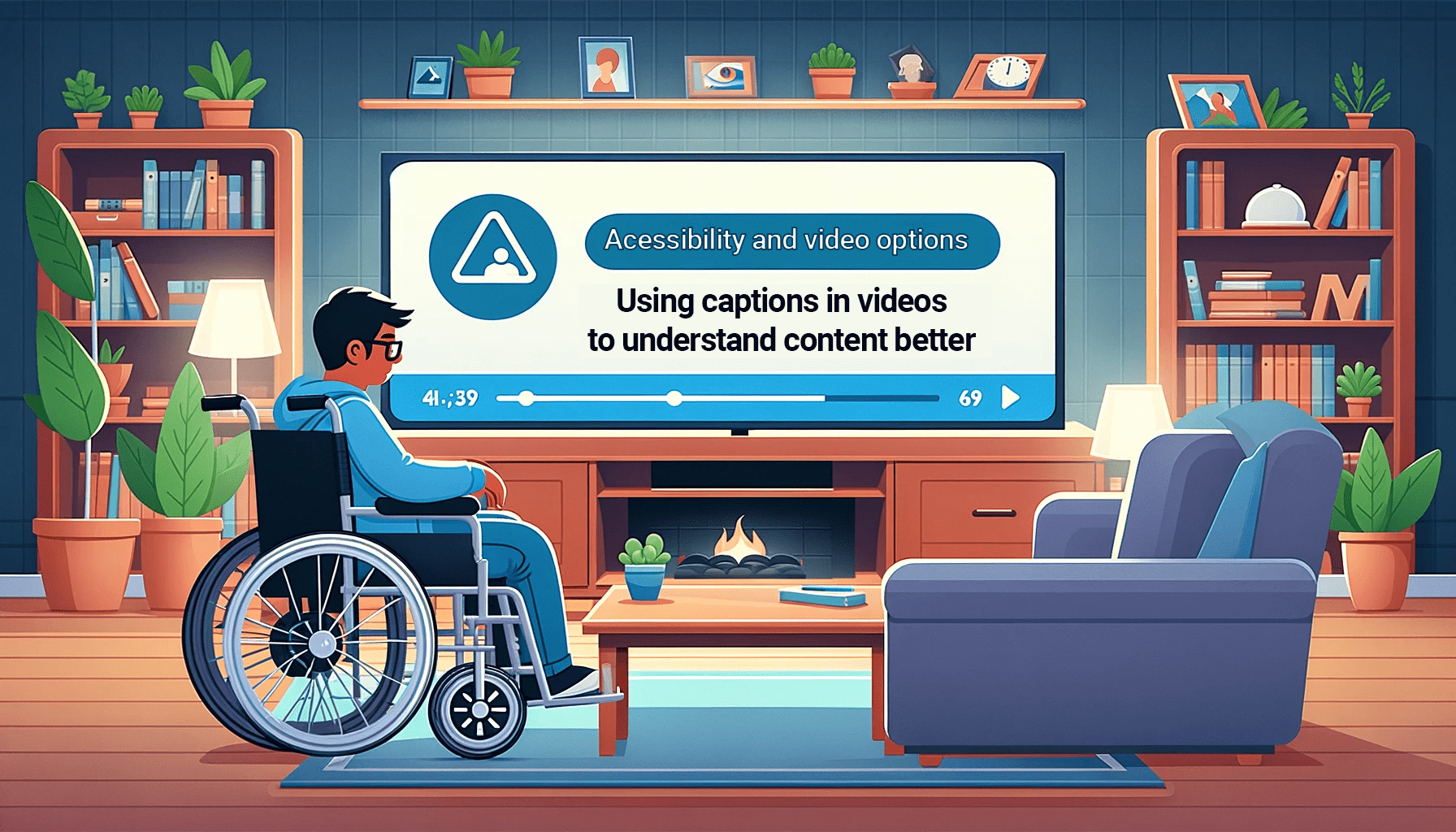Accessibility in construction projects is essential to ensure inclusivity and equal access for all individuals, regardless of their physical abilities. By incorporating accessibility features from the outset, developers can create environments that accommodate a diverse range of needs, promoting independence and participation for people with disabilities. This proactive approach not only complies with legal standards and regulations but also enhances the overall functionality and user experience of buildings and spaces.
AODA Standards in the Built Environment
The Accessibility for Ontarians with Disabilities Act, otherwise known as the AODA, is an accessibility law based in Ontario, Canada, and it regulates standards across government, public, and private sectors. It was enacted in 2005 to create a barrier-free Ontario by 2025.
Accessibility in the built environment begins with design. This involves thoughtful consideration of features such as ramps, elevators, door widths, and accessible washrooms. Moreover, attention to details like signage, lighting, and acoustics significantly impact the user experience for individuals with disabilities. As part of the AODA, accessible design for the built environment is governed under the Design of Public Spaces Standards.
Accessibility as a Design Standard
In construction and architectural design, accessibility must be prioritized as an integral design standard rather than an afterthought. This proactive approach ensures that buildings and spaces are inclusive, functional, and welcoming for individuals of all abilities from the very beginning.
To make accessibility a fundamental part of construction projects, certain key principles must be followed:
- Universal Design: Create environments that can be used by all people, to the greatest extent possible, without the need for adaptation or specialized design. Universal design principles advocate for flexibility in use, simple and intuitive design, perceptible information, and tolerance for error.
- Early Integration: Consider accessibility features during the initial planning and design phases. This early integration ensures that accessibility is seamlessly incorporated into the overall design, rather than being tacked on later.
- Consultation with Experts: Engage accessibility consultants and individuals with disabilities during the design process. This provides valuable insights and ensures that the final design meets the needs of all users.
- Continuous Improvement: Stay informed about the latest standards, technologies, and best practices. The field of accessible design is constantly evolving, so keeping up with the changes is essential for creating truly accessible environments.
Several practical examples illustrate how accessibility can be embedded into design standards:
- Entrances and Exits: Installing ramps and automatic doors at all entrances and exits ensures easy access for wheelchair users and others with mobility challenges.
- Interior Spaces: Designing wide corridors and doorways, providing accessible restrooms on every floor, and ensuring that elevators are spacious and equipped with Braille and audible signals.
- Wayfinding: Implementing clear, easy-to-read signage with Braille and high-contrast colors helps individuals with visual impairments navigate spaces independently.
- Technology Integration: Leveraging technology such as hearing loops in auditoriums and voice-activated controls for lighting and temperature can enhance accessibility for individuals with hearing or mobility impairments.
AODA Standards for New Construction Projects
The AODA sets out standards that all public, private, and non-profit organizations must follow to identify, remove, and prevent barriers to accessibility. This legislation has had a profound impact on new construction projects across the province, influencing design practices and ensuring that the built environment is inclusive for all Ontarians.
In general, different types of buildings require an in-depth review of their requirements to develop an accessibility plan. Currently, only the requirements mentioned in the AODA ‘Design of Public Spaces Standard’ directly impact new construction projects, regardless of the building type. This standard outlines specific requirements for various elements such as recreational trails, outdoor public-use eating areas, outdoor play spaces, parking, and pedestrian paths. It influences new construction projects in several key areas:
- Planning and Design: Architects, planners, and builders must integrate accessibility features into their designs from the initial stages. This includes considerations for wheelchair accessibility, tactile walking surface indicators, and accessible parking spaces. The emphasis is on creating environments that are not only compliant with legal standards but also practical and welcoming for all users.
- Building Codes and Regulations: The AODA works in conjunction with the Ontario Building Code, which includes specific accessibility requirements for new construction and major renovations. This alignment ensures that buildings meet both structural and accessibility standards, leading to a cohesive approach in the construction industry.
- Public Spaces: New public spaces such as parks, recreational areas, and plazas must be designed with accessibility in mind. This includes features like smooth pathways, accessible seating, and inclusive playground equipment. These standards ensure that everyone can enjoy and benefit from public amenities.
- Workplaces: For commercial buildings and office spaces, the AODA mandates accessible work environments. This includes accessible entrances, restrooms, and common areas, as well as adaptive workstations and technology. These provisions help create inclusive workplaces that accommodate employees with disabilities.
- Training and Awareness: Construction professionals, including architects, engineers, and contractors, are required to undergo training on accessibility standards and best practices. This ensures that everyone involved in the construction process understands the importance of accessibility and is equipped to implement it effectively.
- Innovation and Technology: The AODA has spurred innovation in the construction industry, with an increasing focus on smart and assistive technologies. From voice-activated systems to advanced materials that enhance mobility, the drive for accessibility has led to the adoption of cutting-edge solutions in building design and construction.
Benefits of AODA Implementation
The implementation of AODA standards in new construction projects brings numerous benefits:
- Inclusivity and Equity: Designing with accessibility in mind ensures that people with disabilities can access and use buildings and spaces with ease. This inclusivity promotes social equity and allows everyone to participate fully in community life.
- Economic Opportunities: Accessibility creates new market opportunities for businesses specializing in accessible design and construction and for businesses having these features implemented in their projects.
- Enhanced User Experience: Accessible design improves the overall functionality and usability of spaces for all users, not just those with disabilities. Features like ramps, wide doorways, and clear signage benefit everyone, including parents with strollers, elderly individuals, and people with temporary injuries.
- Future Proofing: As the global population ages, the need for accessible environments will only increase. Designing with accessibility in mind ensures that buildings remain functional and relevant for future generations, avoiding the need for significant modifications down the line.
- Social Responsibility: Accessible design and construction demonstrate a commitment to social equity and corporate responsibility, enhancing the reputation of businesses and organizations.
Conclusion
The AODA has had a transformative impact on new construction projects in Ontario, embedding accessibility as a core design principle. By mandating inclusive design practices, the act ensures that the built environment is welcoming and usable for all individuals. This legislative framework not only enhances the quality of life for people with disabilities but also promotes a more inclusive and equitable society. As Ontario moves towards its goal of full accessibility by 2025, the ongoing implementation of AODA standards will continue to shape the future of construction, driving innovation and fostering a culture of inclusivity.
We at Accessibility Partners Canada prioritize inclusivity in the built environment and look forward to paving the way for a more equitable and vibrant society, where every individual can participate fully and independently. Together, let us continue to champion accessibility and build a future where every individual is valued, respected, and included.
Frequently Asked Questions
Why is accessibility important in construction projects?
Accessibility ensures inclusivity, and compliance with legal standards, and enhances usability for everyone, including people with disabilities, parents with strollers, and elderly individuals.
What are some accessibility features required in public spaces?
Public spaces must include smooth pathways, accessible seating, tactile walking surface indicators, and inclusive playground equipment to ensure equal access for everyone.
How does accessibility improve workplaces?
Accessible workplaces feature adaptive workstations, accessible entrances, restrooms, and inclusive common areas, promoting a comfortable environment for employees with disabilities.
What are the long-term benefits of accessible design?
Accessible design future-proofs buildings, accommodating an aging population and reducing the need for costly renovations while promoting inclusivity.
How do accessibility standards vary by region?
Accessibility standards, such as the AODA in Ontario or the ACA in Canada, differ based on regional laws and regulations. These standards dictate specific requirements for public and private spaces.







